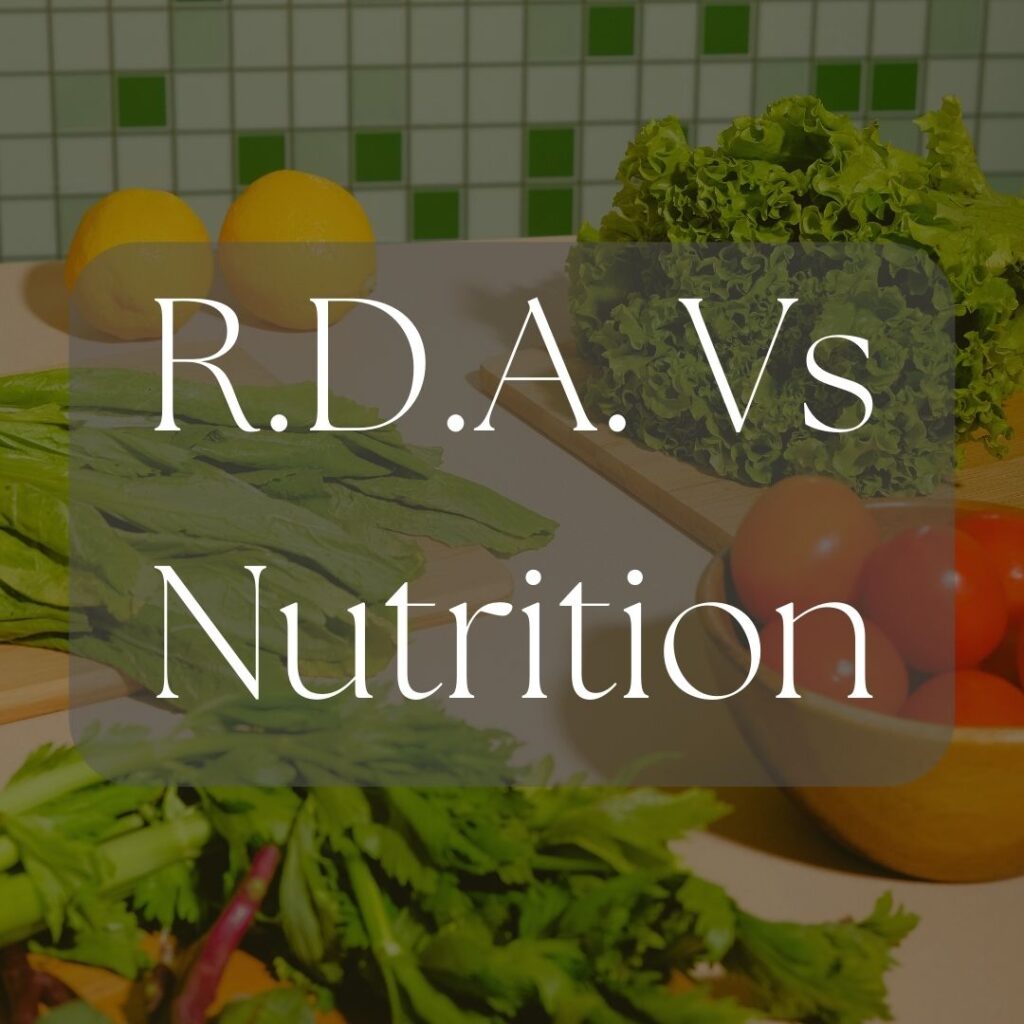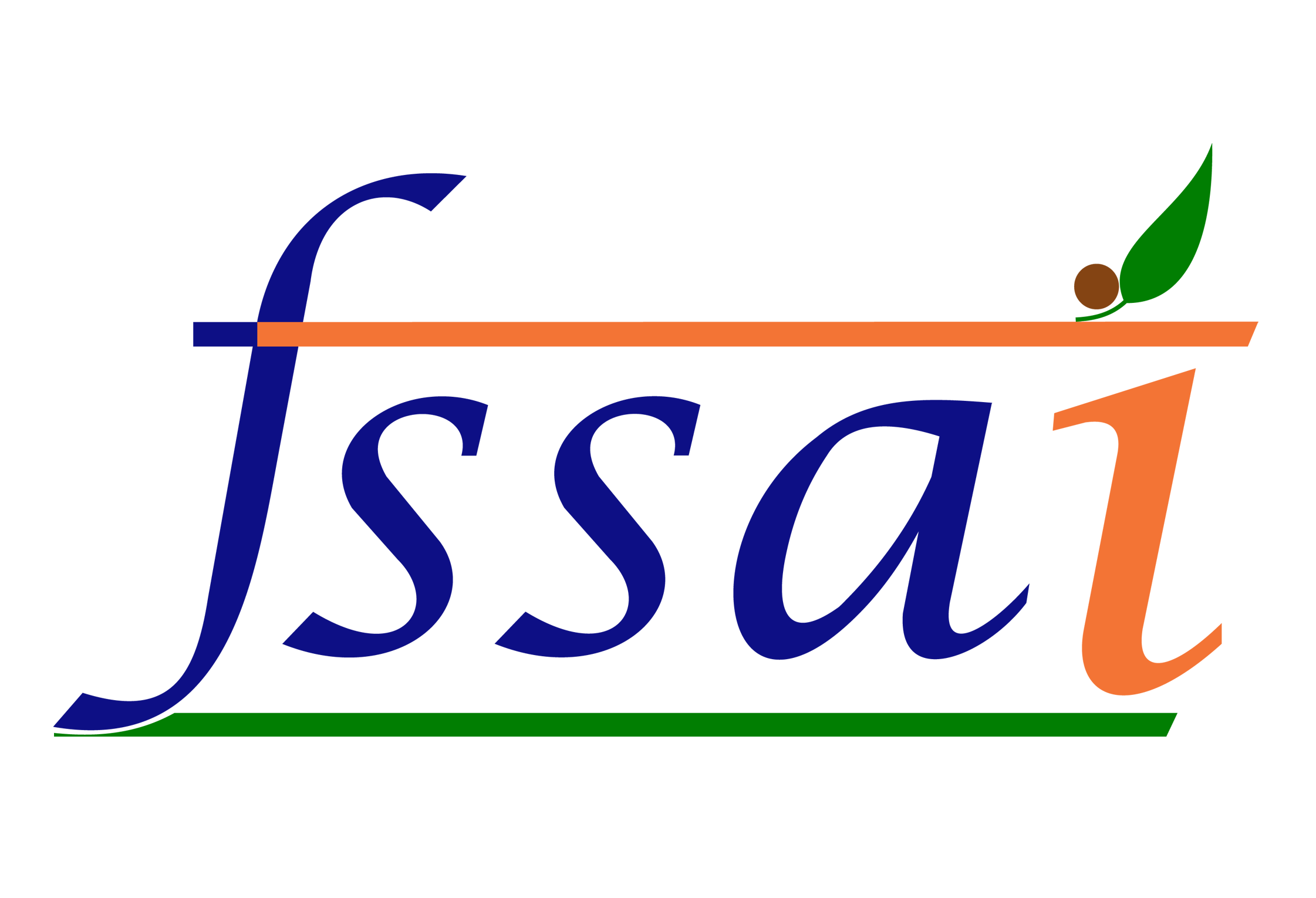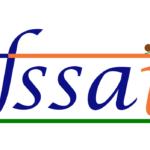How one gets misled about one’s nutrient needs
If are you concerned about your food and its nutritional intake, it is not just the added sugars and the ingredient list that you need to worry about. There are 2 other terms that you should understand, and these are “Serving Size” and “R.D.A.”. Let’s start with the simpler one which is the “Serving Size”.
Serving size
‘Serving or serve size’ is an amount of food that the manufacturer says you should consume people in one sitting. It is generally an amount mentioned as per household measurements such as cup, tablespoon, piece, slice, or jar, followed by the metric amount, i.e., the number of grams (g). The serving size section usually also mentions the number of servings per packet or container. The mention of the serving size enables consumers to easily compare similar foods and understand how much of the food they should consume at one time.
For example, if a pack of the product weighs 1000g and the serving size is 1 cup, in the metric system 1 cup roughly equates to 227g and hence the pack contains 4 servings.
Serving sizes may differ from one product to another and within the same category from one manufacturer to another.
Recommended Dietary Allowance (RDA): This is slightly more complex. RDA refers to an average daily level of intake sufficient to meet the nutrient requirements of nearly all (97–98%) healthy individuals. The RDA values are recommended by ICMR- NIN and this is what it looks like :

Table 01: Summary chart of RDA for India 2020 (Source- FSSAI)
There are additional RDA values for other minerals and trace elements.
The RDA does not cover abnormal problems such as premature birth, inherited metabolic disorders, infections, chronic diseases, and the use of medications that require special dietary and therapeutic measures.
RDAs “recommended” and hence it is not an absolute chart. But not meeting it could easily result in deficiency while the excess may not be as bad if it is within tolerable upper intake levels. Hence the RDA committees tend to err on the side of generosity. This can be effectively illustrated by the diagram below.

Figure 01: Dietary Reference Intake (Source – Wikipedia)
Estimated Average Requirements (EAR)/ Adequate Intake (AI)/ Tolerable upper intake levels (UL)/ Recommended Dietary Allowances (RDA)/ no-observed-adverse-effect level (NOAEL) / Lowest Observed Adverse Effect Level (LOAEL)
Factors Driving RDA
- Age (infant, adolescent, aged) – An infant requires more protein per kilogram of body weight than an adolescent since their metabolic rate is much faster than that of an adolescent.
- Sex (male, female) – Adolescent girls require more iron than adolescent boys in order to replace iron lost during menstruation every month.
- Body size (height, weight, surface area, stature) – Tall heavily built man needs more calories than a small-statured man since his body surface area is more than that of the latter.
- Physical state (pregnancy, lactation) – A pregnant woman requires more nutritious food than an ordinary adult woman since she has to meet the additional nutritional requirements of the growing foetus.
- Type of work (sedentary, moderate, heavy) – A sedentary worker requires fewer calories than a heavy worker since the former expends less energy than the latter during work
The Game of RDA
Manufacturers often claim that the product that they make is well within the % RDA values. However, if you look carefully the % RDA is calculated based on the Serving Size. Now, Serving Size is determined by the manufacturer themselves, and it could be made to fit the value.
Below are the serving sizes for the products available in the market.
| Product Name | Serving Size | Approximate common measures (a tablespoon is assumed as 15-17gm) |
| Boost | 20gm | 1.2+ tablespoon |
| Protinex | 35gm | 2+ tablespoon |
| Horlicks | 27gm | 1.5+ tablespoon |
| Bingo Chips | 20gm | Rs. 10 packets, typically 10 chips |
| Beyond Snáck Kerala Banana Chips | 100gm | |
| Saffola Munchiez Ragi Chips | 15gm | |
| Coca-Cola Original | 200ml | The smallest pack available is 250ml which retails at Rs. 20 MRP |
| DABUR Real Active 100% Tender Coconut Water | 150ml | |
| Cadbury 5-Star Chocolate Home Treats | 10.1 gm |
So, based on what you would like to highlight, you can define a serving size that best suits you. Some of these serving sizes are even hard to maintain both from the measurement perspective as well as per human psychology. A 20gm chips pack will contain no more than 10 chips and if the product is good enough, you will eat nothing close to that.
Despite all the drawbacks, serving sizes helps consumers understand portion control (Portion size – A portion is how much food you choose to eat at one time, whether in a restaurant, from a package, or at home.) so that they are aware of how much of the food should be eaten at one time.

The Way Forward
Portions have grown in astounding ways during the past few decades. Restaurant meals of all kinds have gotten larger with an emphasis on getting more food for the money. However, the rise in portion sizes is not limited to restaurants alone. Bags of snack foods or soft drinks in vending machines and the grocery store are offered in larger and larger sizes that contain multiple servings. A 1-ounce bag of snack food or an 8-ounce soft drink, which are the recommended single-serving sizes, are very difficult to find. Packing them so small may not be such a great idea either for the sake of the environmental disaster they cause.
The U.S. Food and Drug Administration (FDA) provides typical serving sizes based on consumer behaviour. It changed some food and beverage serving sizes so the labels more closely match how much we typically eat and drink. As a result of recent updates to the nutritional facts label some serving sizes on food labels may be larger or smaller than they were before. For instance, a serving size of ice cream used to be 1/2 cup. Now it’s 2/3 cup. A serving size of yogurt used to be 8 ounces. Now it’s 6 ounces !!!
In line with the same , it would do consumers well if the serving size was standardized in India for the various categories of food based on consumer behaviour. At the same time, while looking at the nutritional values, the consumers should register the serving size and try to moderate their consumption accordingly.

About the Author
Ms. Sonam Kumari, the author of this post is a passionate Biotechnologist and a Food Technologist, delving into the food sector to get fruitful results for the benefit of the consumer and society. She is an Associate Consultant at Food Safety Works (Regulatory and Compliance team.)






